MBR hollow fiber membrane is a membrane separation technology widely used in water treatment, food and beverage, pharmaceutical, chemical, energy and other industries. In the process of use, MBR hollow fiber membrane will be contaminated by pollutants and clogging, and need to be cleaned regularly to restore the membrane flux and treatment effect. The following are the cleaning methods of MBR hollow fiber membrane:
1. Physical Cleaning: Physical cleaning refers to the use of mechanical force or hydraulic force to clean the membrane surface to remove contaminants on the membrane surface. Physical cleaning methods include backwashing, air-water backwashing, sponge ball cleaning and so on. Physical cleaning can effectively remove the membrane surface of suspended solids, organic matter and other pollutants, but for stubborn pollutants cleaning effect is poor. 2.
2. chemical cleaning: chemical cleaning refers to the use of chemicals on the membrane surface cleaning to remove the membrane surface contaminants. Chemical cleaning methods include acid cleaning, alkali cleaning, oxidizer cleaning and so on. Chemical cleaning can effectively remove the membrane surface of organic matter, microorganisms, inorganic matter and other pollutants, but need to pay attention to the selection of appropriate chemicals and cleaning conditions, in order to avoid damage to the membrane.
3. Biological cleaning: biological cleaning refers to the use of microorganisms in the bioreactor to clean the membrane surface to remove the pollutants on the membrane surface. The methods of biological cleaning include biofilm method, bioreactor method and so on. Biological cleaning can effectively remove organic matter, microorganisms and other pollutants on the membrane surface, but attention needs to be paid to controlling the number and types of microorganisms in the bioreactor to avoid damage to the membrane.
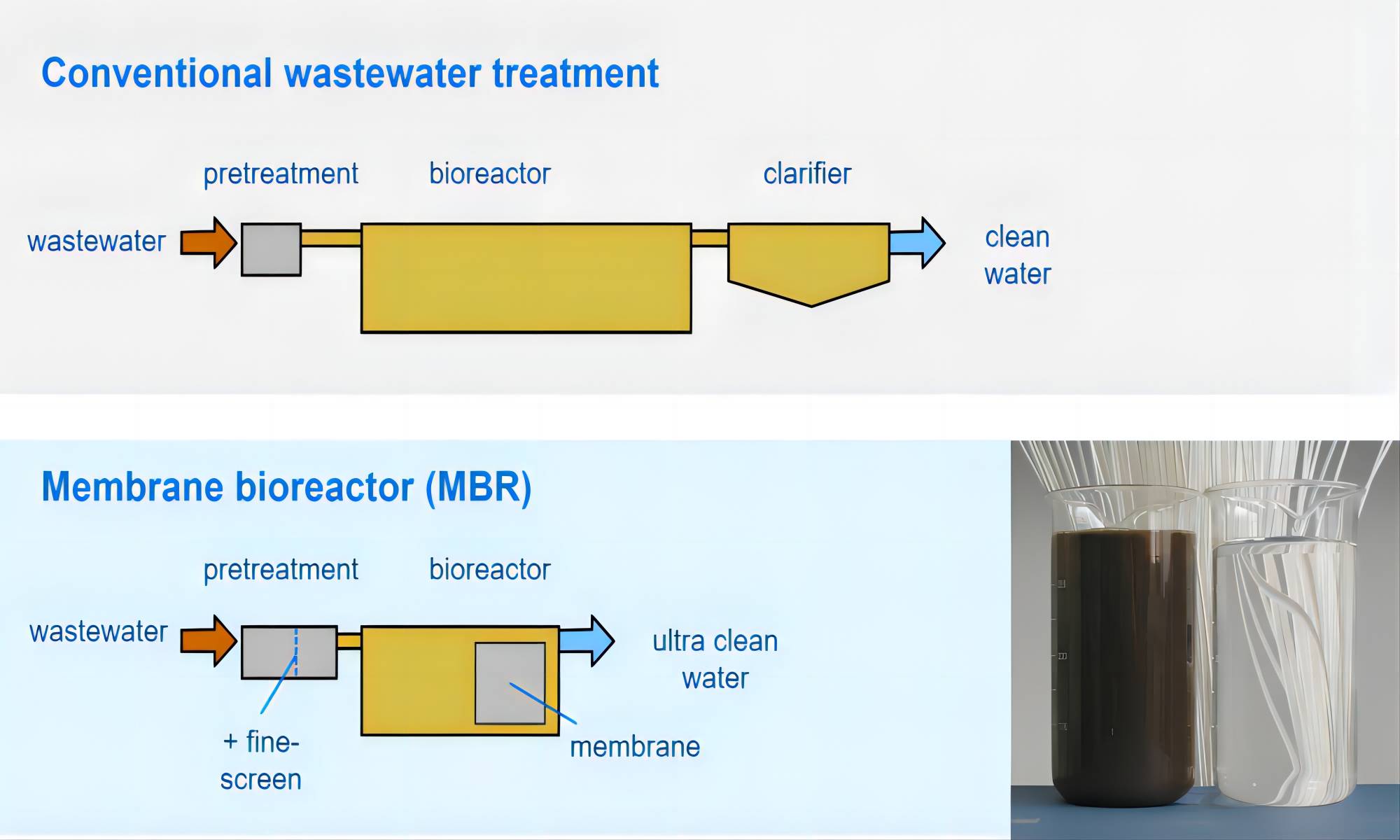
In the MBR hollow fiber membrane cleaning, need to choose the appropriate cleaning method and cleaning conditions according to the membrane contamination and cleaning effect. At the same time, need to pay attention to control the cleaning time and frequency, in order to avoid damage to the membrane. The cleaned membrane needs to be inspected and evaluated to ensure the cleaning effect and the service life of the membrane.
In the process of use, MBR hollow fiber membrane will be contaminated by pollutants and clogging, need to be cleaned regularly to restore the membrane flux and treatment effect. The selection of cleaning chemicals is an important part of the MBR hollow fiber membrane cleaning process, the following are some suggestions for the selection of cleaning chemicals:
1. Acid detergent: Acid detergents are usually used to remove inorganic scale and organic matter on the membrane surface. Commonly used acid detergents include hydrochloric acid, nitric acid, sulfuric acid and so on. When choosing an acid detergent, the material of the membrane and the type of contaminant need to be considered to avoid damage to the membrane. At the same time, need to control the concentration of acid detergent and cleaning time, in order to avoid excessive cleaning damage to the membrane. 2.
2. alkali detergent: alkali detergent is usually used to remove organic matter and microorganisms on the membrane surface. Commonly used alkaline detergents include sodium hydroxide, potassium hydroxide and so on. In the choice of alkaline detergent, need to consider the membrane material and the type of contaminants to avoid damage to the membrane. At the same time, you need to control the concentration of alkaline detergent and cleaning time, in order to avoid excessive cleaning damage to the membrane.
3. Oxidizers: Oxidizers are commonly used to remove organic matter and microorganisms from membrane surfaces. Commonly used oxidizing agents include hydrogen peroxide, sodium hypochlorite and so on. When selecting oxidizing agents, the material of the membrane and the type of contaminants need to be considered to avoid damage to the membrane. At the same time, it is necessary to control the concentration of oxidizing agent and cleaning time, in order to avoid excessive cleaning damage to the membrane.
4. biological cleaning agent: biological cleaning agent is usually used to remove organic matter and microorganisms on the membrane surface. Biological cleaning agent is a biological enzyme preparation, can effectively decompose organic matter and microorganisms, thus improving the cleaning effect. When selecting a biological cleaning agent, the material of the membrane and the type of contaminants need to be considered to avoid damage to the membrane.
When selecting cleaning agents, it is necessary to select the appropriate agent according to the material of the membrane, the type of pollutant and the cleaning effect. At the same time, attention needs to be paid to controlling the concentration of the agent and cleaning time to avoid damage to the membrane. The cleaned membrane needs to be inspected and evaluated to ensure the cleaning effect and the service life of the membrane.





 Language
Language


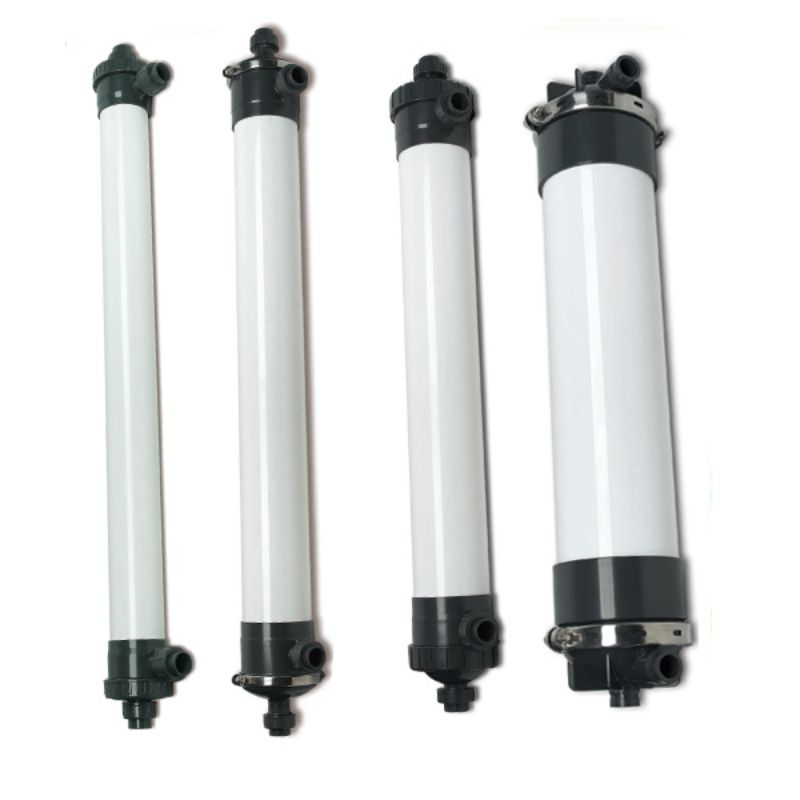
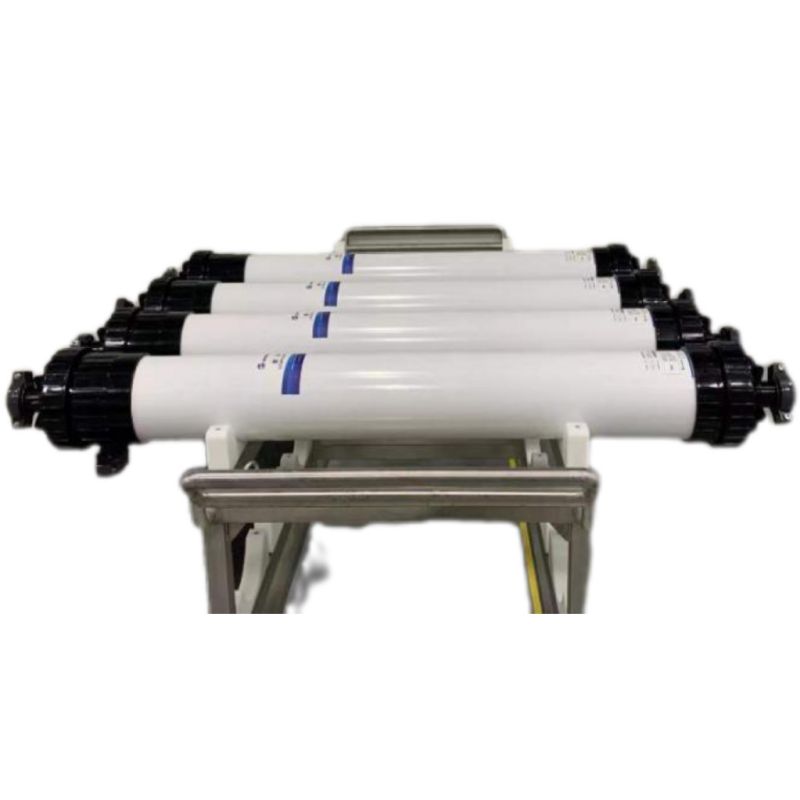
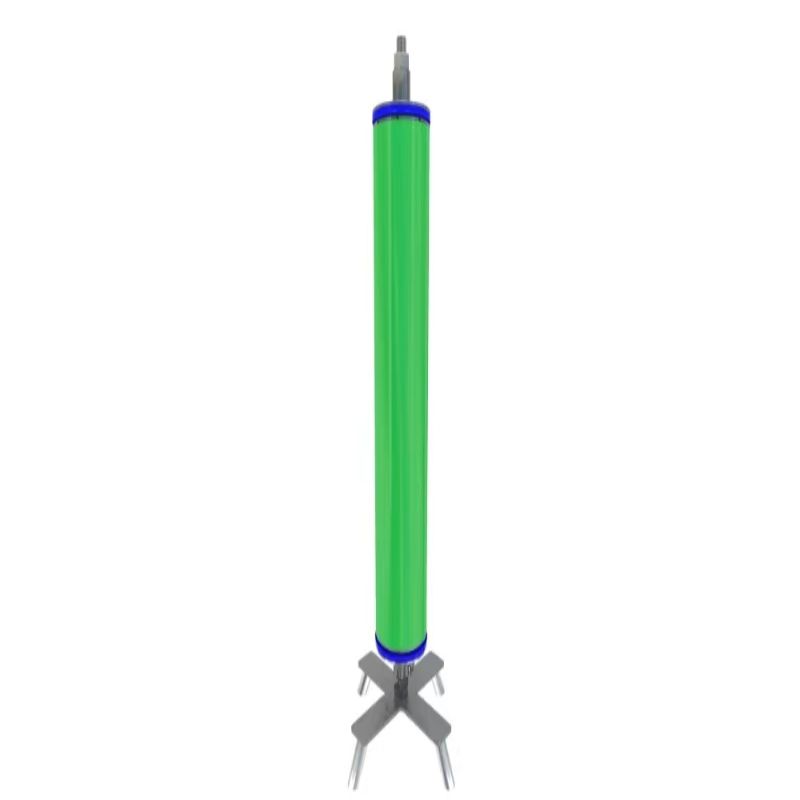
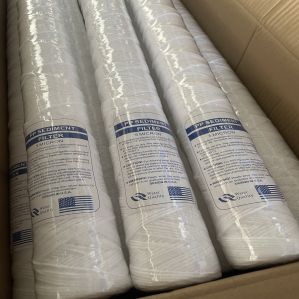
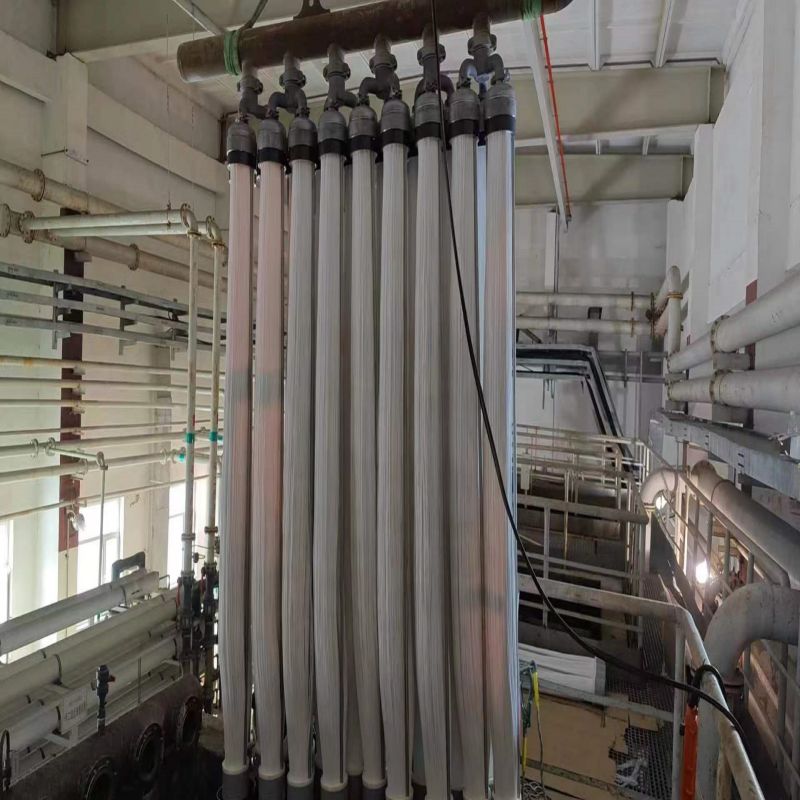


 Network Supported
Network Supported